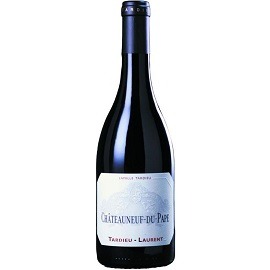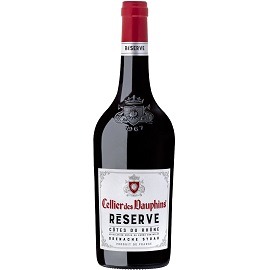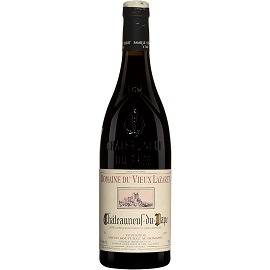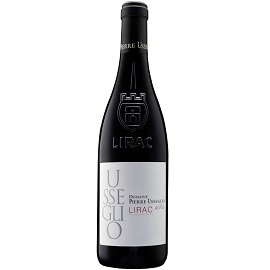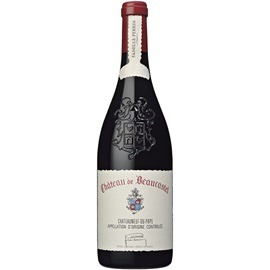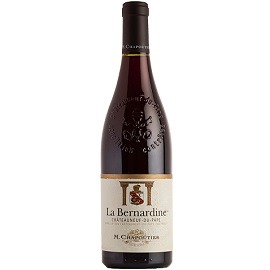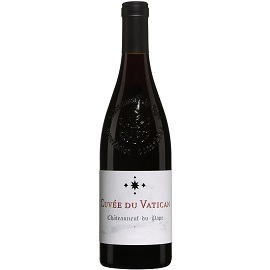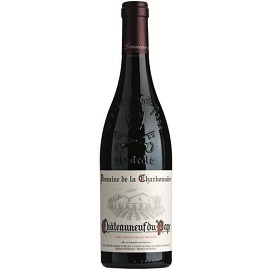A stylish and simply delicious Chateauneuf from the famous Sabon family's estate, Domaine Janasse. Glossy, perfumed fruit couples with silky richness and a fine-earth mineral touch, bringing gentle complexity and completeness to the nose and palate. Seamless quality and perfect appeal, this is vintage Janasse quality.
Domaine de la Janasse was established in 1973 by Aimé Sabon. Brother and sister team of Christophe and Isabelle Sabon continue to work wonders at Janasse, and farm 80 hectares of vineyards spread over a number of wine appellations: Châteauneuf du Pâpe, which is all located in the north-east of the appellation in the commune of Courthézon to be precise, Côtes du Rhône, Côtes du Rhône Village, but also Vin de Pays de la Principauté d'Orange and Vin de table. Concrete tanks are used for the Grenache and oak for the Syrah and Mourvèdre; in other words, everything is fairly traditional; it is the quality of the raw materials which is so impressive.
94/100 Joe Czerwinski, Robert Parker's Wine Advocate (2020 Vintage)
"A terrific wine that harkens back to the 2016, the 2020 Chateauneuf du Pape delivers black cherries, blackberries and black olives, plus intriguing notes of garrigue. Full-bodied, rich and silky, it finishes long, with a wash of softly dusty tannins. Drink 2023 – 2035."
93/100 Jeb Dunnuck (2020 Vintage)
"The classic 2020 Châteauneuf Du Pape from this team is a winner, offering a medium to full-bodied, finesse-driven style as well as terrific aromatics of darker berries, raspberries, garrigue, and flowers, with a kiss of background peppery spice. It's balanced, medium to full-bodied, has ripe, soft tannins, and is loaded with character. Drink bottles over the coming 10-15 years. Best after 2022."
Reviews for the previous vintage below…
93/00 Matt Wells, Decanter (2019 Vintage)
"Full but not heavy, all very well integrated and well balanced. A powerful wine, that has everything in quantity: fruit, freshness, tannin, focus, alcohol and length. A muscle car of a Châteauneuf."
17.5+/20 Alistair Cooper MW, JancisRobinson.com (2019 Vintage)
"Cask sample. Tasted blind. Vivid and expressive nose – bags of dark blackberry fruit with dried fig and a dense dark mineral note. Sweet and ripe with finely tuned tannins and a rich fruit-packed mid palate – good freshness keeps this lively and carries it to a long rich and fresh finish. Very accomplished."

 NZ-Wide
NZ-Wide 
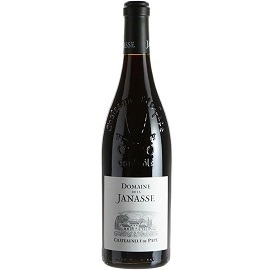

 NZ-Wide
NZ-Wide Free Shipping
Free Shipping Buy Online
Buy Online